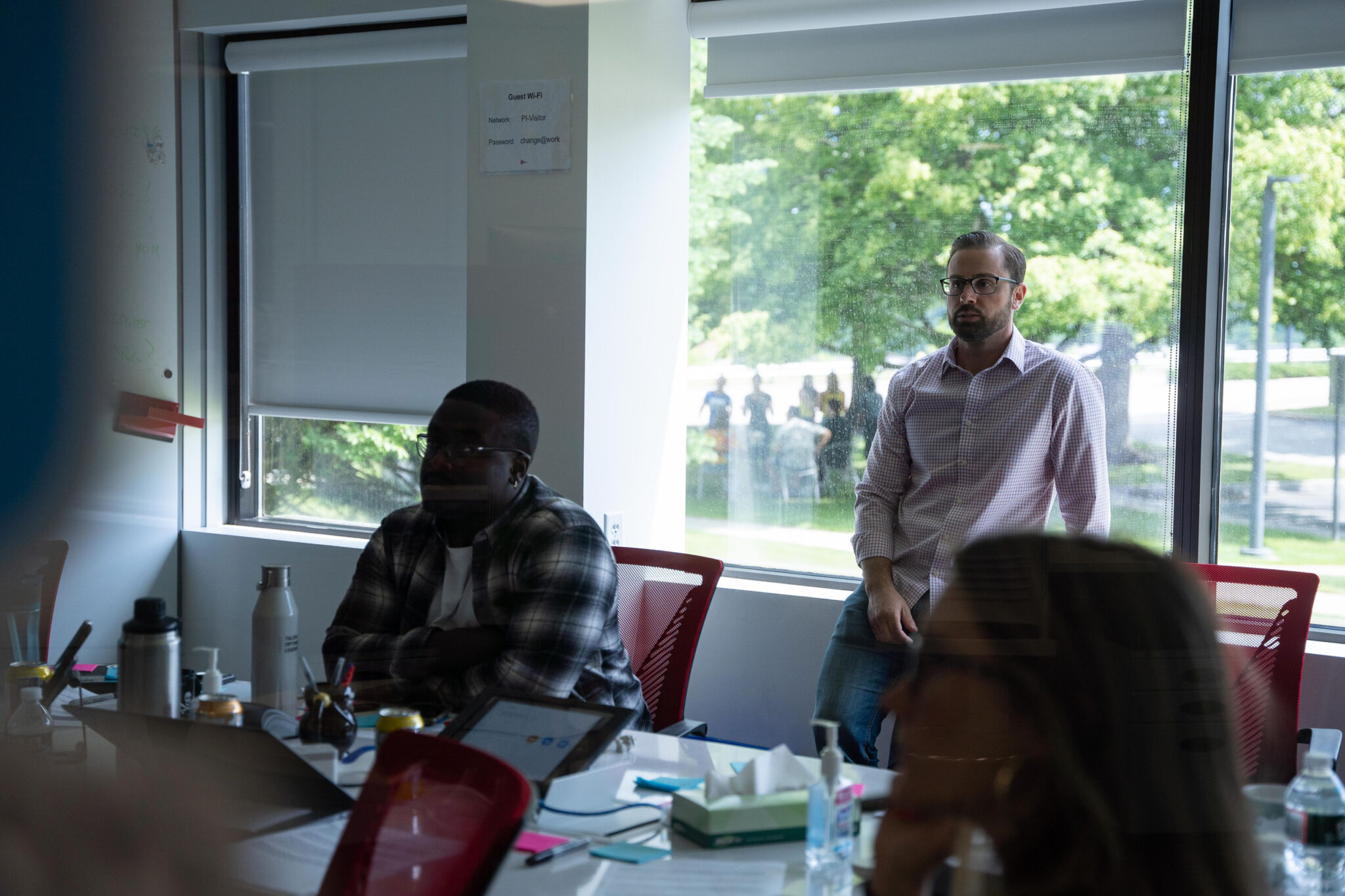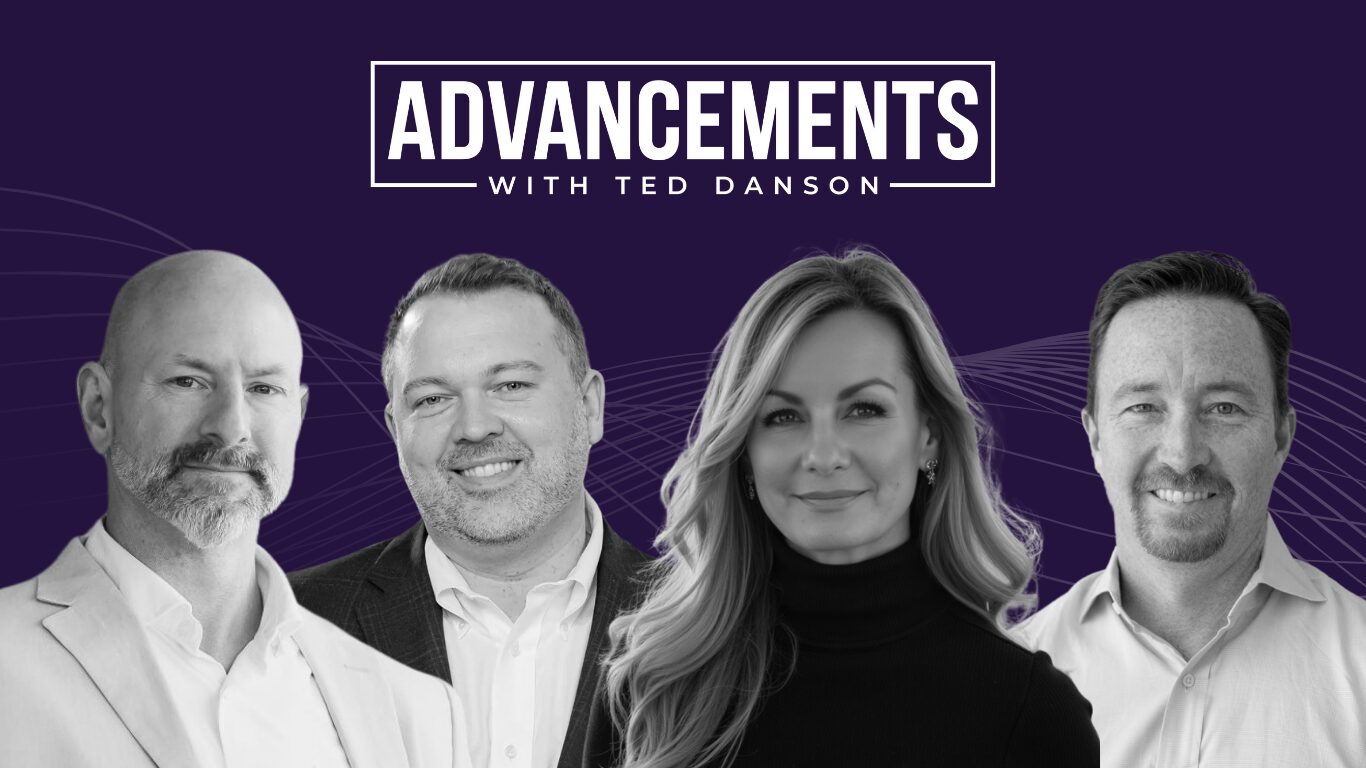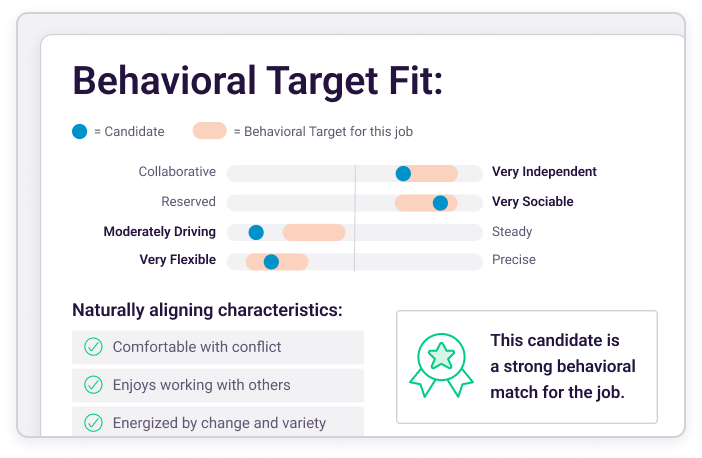Frustrating employees got you down? Here are 5 ways to combat this management nightmare.
In one key area, senior management differs not at all from the role of the supervisor on the shop floor.
Regardless of your level in an organization, you will over the course of your management career have difficult people to deal with.
If all employees were highly motivated, collaborative, and agreeable 100% of the time, management would be a breeze. But then it wouldn’t be management.
People being people, everyone has their own ideas on what’s fair, how best to do things, and how get along with others. I’ll paraphrase George Orwell’s classic line from the novel Animal Farm, “All animals are equal, but some animals are more equal than others” — “All employees can be challenging, but some are more challenging than others.”
When you get someone who’s exceptionally challenging, here are 5 tips to bear in mind.
1. Try to see things through the eyes of employees and co-workers.
People usually have their reasons for acting as they do. While they may not always be good reasons, or even acceptable ones, the better you as a leader can understand the reasons, the better you’ll be equipped to deal with them. Understanding is the first step to resolving.
2. Utilize HR (and other experienced management sources) to gain additional perspective.
One benefit to working in a sizable organization is there’s no shortage of people to lend a hand when needed. The more experienced in management I became, the more I found myself consulting others. When confronted with delicate personnel matters (of which there were many), I seldom hesitated to touch base with trusted HR contacts or other veteran managers whose judgment I knew and respected in order to get their point of view. I never once regretted it. A fresh look at a complicated situation is always of value.
3. Keep performance-related conversations more rational than emotional.
Performance objectives that are clear, measurable, and well-defined help keep this process on track. One of the most constructive steps you can take when working with contentious personalities is to ensure there’s clarity regarding how successful job performance is assessed. Objectives that are measurable and agreed-upon (by both manager and employee) can help turn potentially disagreeable “he said / she said” debates into reasonable conversations about reaching mutually understood targets.
4. Motivation matters.
Individual motivating factors always matter. For example, over the years in my career two of the most difficult but talented employees I had the privilege to manage were motivated by slightly out-of-the-box incentives. One wanted nothing more (in a large headquarters operation with much open office space) than an office with a door – not for size or prestige but simply for quiet. She was easily distracted and worked best in a quiet environment. Another was interested primarily in schedule flexibility – to attend his kids’ athletic events. When these relatively easy needs were met, both of these employees were less difficult and became exceedingly valuable to the company.
5. Does the quality of work justify the management effort?
This is a worthwhile question to ask yourself. Managing difficult employees should never become a Pollyanna-like exercise in sensitivity training. It’s one thing to spend all kinds of time on a brilliant, temperamental employee who’s capable of bringing great value to an organization. But it makes no sense to spend an inordinate amount of time on an average employee who’s simply very high maintenance. At the end of the day, managers have to judge whether it’s worth the considerable emotional energy it takes to make a difficult employee as productive as possible or are you (and the organization) better off parting ways with this person? These are hard questions management at all levels need to ask as part of the tough, but critically important, job of optimizing talent.








